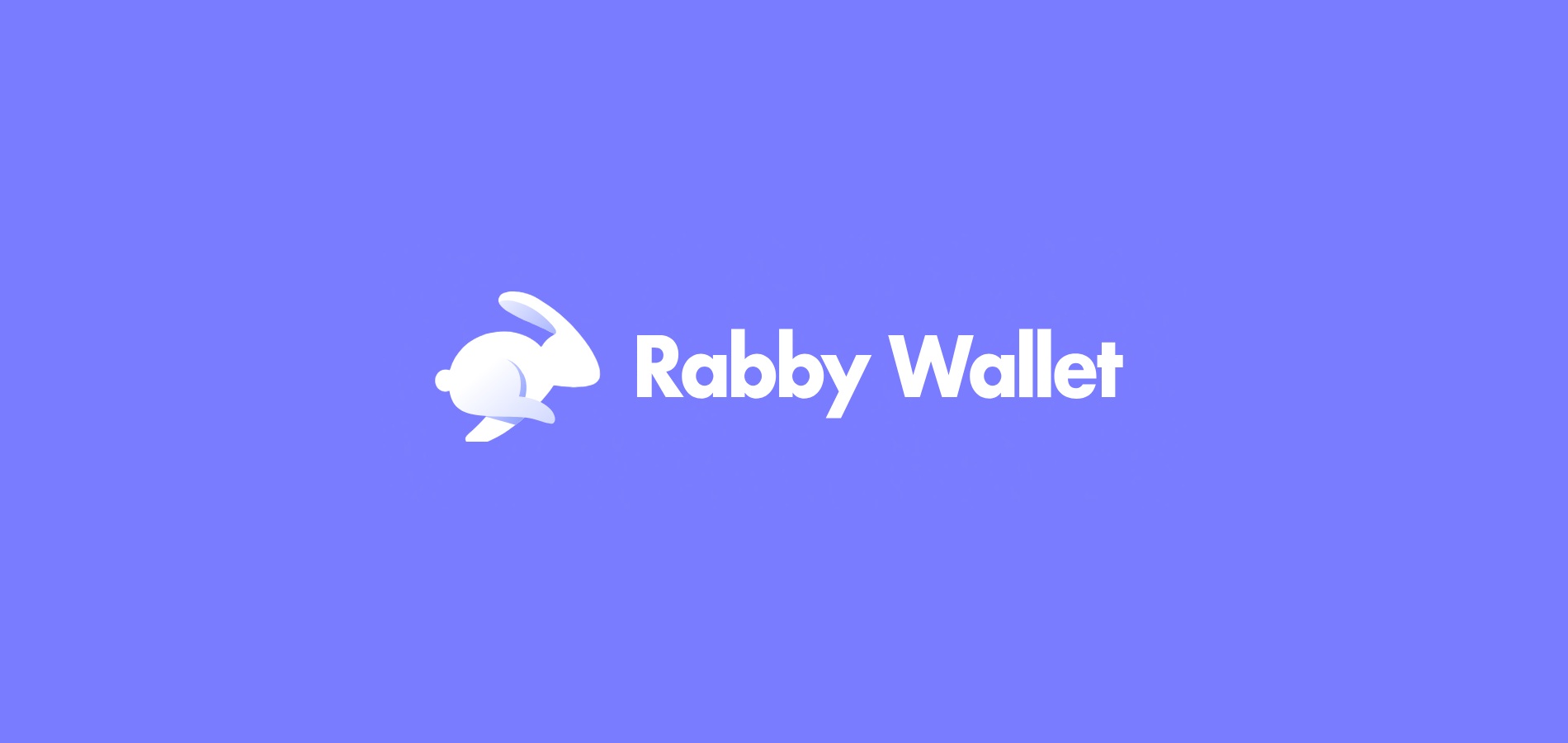Okay, so check this out—I’ve been diving deep into the world of multi-chain wallets, and honestly, it’s a bit of a wild west out there. You know how frustrating it is juggling different wallets for Ethereum, Binance Smart Chain, Polygon, and whatever else? It’s like trying to keep tabs on a dozen streaming passwords. Ugh. Really?
At first glance, cross-chain swaps seemed like a neat trick—swap assets across blockchains without hopping through centralized exchanges. But then I started thinking: is it really seamless? Hmm… not always. There are gas fees, network delays, and sometimes the UX feels like it was designed by someone who never used it themselves. Still, the potential? Huge.
Something felt off about the gas optimization promises, too. Everyone talks about saving gas, but when you’re swapping across chains, fees can pile up quickly. This got me curious about how multi-chain wallets handle that challenge.
In this post, I want to share some insights from my own experiments and a few surprises I ran into while testing multi-chain wallets with cross-chain swaps, especially focusing on gas optimization. Spoiler alert: not all wallets are created equal, and one extension that caught my eye is https://sites.google.com/rabby-wallet-extension.com/rabby-wallet-extension/. But more on that later.
Wow! Managing multiple chains in one place sounds like a dream—if it actually works well.
So here’s the thing. Multi-chain wallets promise one-stop access to different blockchains. Instead of juggling Metamask for Ethereum and some random wallet for Binance, you get everything under one roof. But that’s where the theory and practice diverge. Initially, I thought: “Cool, just connect and go.” Actually, wait—let me rephrase that—connecting is easy, but maintaining smooth, gas-optimized transactions across chains? That’s a beast.
Take gas fees. Everyone’s obsessed with them. On Ethereum, gas can be a dealbreaker. On BSC or Polygon, less so, but it’s still there. Multi-chain wallets try to batch or optimize transactions, but cross-chain swaps? They often require interacting with bridges and multiple smart contracts. So fees stack up, and speed can take a hit.
On one hand, cross-chain swaps open doors to endless liquidity and arbitrage. On the other hand, these swaps sometimes feel like a clunky relay race where the baton drops a few times. The delays or failed transactions can cost you more than the gas itself.
My instinct said to look for wallets that not only support multi-chain but also put a heavy focus on gas optimization. And that’s when I stumbled on Rabby Wallet’s extension. It’s not just a fancy interface—it actively helps users reduce gas fees and improves cross-chain experience. I’m biased, but this part bugs me: most wallets don’t do enough to educate users about optimizing gas, and they let you waste ETH like it’s Monopoly money.

Check this out—Rabby Wallet integrates multi-chain support with smart gas-saving techniques. What’s cool is it dynamically suggests optimal gas prices and even flags risky transactions. Plus, it supports seamless cross-chain swaps without hopping through a dozen apps.
That said, it’s not perfect. I noticed some hiccups when switching between less popular chains. The wallet sometimes lags or requires manual refreshes, which is annoying when you’re in a hurry. But overall, the experience felt smoother than juggling multiple separate wallets.
Something else worth mentioning: the user interface. It’s clean, but with enough nerdy details for those of us who like to peek under the hood. I appreciate that balance. Not too flashy, not too barebones.
Gas Optimization: The Unsung Hero of Cross-Chain Swaps
Now, gas optimization isn’t just about paying less—it’s about making DeFi usable. Seriously, if you can’t afford the fees, what’s the point? Initially, I thought that just picking a cheaper network would solve it all. Actually, wait—let me rephrase that—the network is just one piece of the puzzle.
Smart wallets like Rabby use algorithms that estimate the best gas price based on real-time network congestion. Plus, they optimize the transaction order to minimize unnecessary approvals or redundant calls. This reduces wasted gas, which can save you a few bucks per trade—very very important if you’re an active DeFi user.
On top of that, some wallets bundle transactions or delay execution until gas prices drop below a threshold. That’s a neat trick, but it requires patience. Honestly, I’m not 100% sure if delaying transactions always pays off because markets move fast, and you might miss an opportunity.
Here’s what bugs me about many wallets: they don’t highlight these options upfront. You have to dig into settings or forums to find out. With Rabby Wallet, this gas-saving guidance is built right in, making it easier to make smarter decisions on the fly.
And yeah—cross-chain swaps themselves often use bridges that can have their own fee structures. So even if your wallet is optimized, the underlying protocols might still cost you. That’s just the nature of the beast right now.
On a related note, I want to mention that multi-chain wallets can help reduce the friction of moving assets around. Instead of sending tokens manually across chains (hello, lost funds risk), you can swap within the wallet interface. That’s a massive UX upgrade.
But here’s a question I keep coming back to: how secure are these cross-chain swaps? The more layers and bridges involved, the more attack vectors. It’s a tradeoff between convenience and risk, and honestly, I’m still figuring out where that sweet spot lies.
Final Thoughts: The Future Looks Multi-Chain, But Cautiously
So yeah, multi-chain wallets combined with cross-chain swaps are shaping up to be the future of DeFi. They solve real pain points around managing assets scattered across different blockchains. Rabby Wallet’s extension, in particular, shows that thoughtful gas optimization and user-centric design can make a big difference.
Still, it’s a work in progress. You’ll hit occasional bugs, and gas fees are a constant headache. But the fact that these tools exist and keep improving tells me we’re heading in the right direction.
Oh, and by the way, if you’re looking to try out a multi-chain wallet with built-in gas optimization and cross-chain swap support, definitely give https://sites.google.com/rabby-wallet-extension.com/rabby-wallet-extension/ a shot. It’s not perfect, but it’s one of the best I’ve tested.
Anyway, I’m still watching how this space evolves. Hopefully, wallets keep getting smarter, and fees come down. Until then, juggling chains isn’t fun, but it’s getting a bit less painful.
FAQs About Multi-Chain Wallets and Cross-Chain Swaps
What exactly is a multi-chain wallet?
Simply put, it’s a wallet that supports multiple blockchains in one interface, letting you manage assets across Ethereum, Binance Smart Chain, Polygon, and others without switching apps.
Are cross-chain swaps safe?
They’re generally safe but come with added risk due to multiple protocols and bridges involved. Always use reputable wallets and double-check transaction details.
How does gas optimization work in these wallets?
Gas optimization involves smart algorithms that suggest optimal gas prices, batch transactions, and sometimes delay execution to save fees, making DeFi activities more affordable.

